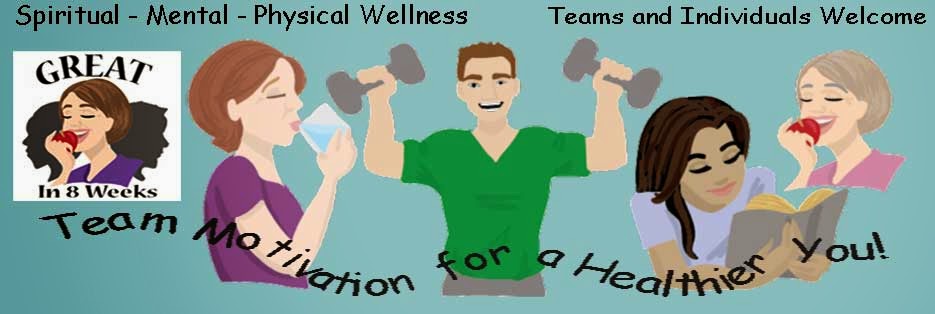Better-than-Chipotle Bowl
http://www.eat-yourself-skinny.com/2013/03/better-than-chipotle-bowl.html
Yield: 5 servings
Ingredients
1 onion, chopped
1 garlic clove, chopped
1 Tbsp lime zest
3 Tbsp lime juice (about one lime)
1/4 tsp. sea salt
4 Roma tomatoes, chopped
1 cup orange, red, yellow bell pepper, chopped 1 jalapeno, seeded and diced
1 cup black beans
1 cup frozen corn
1/2 cup cilantro, roughly chopped
2 tsp. olive oil
Instructions
1. In a large bowl, combine all ingredients and stir well. Allow flavors to marinate for about 2 hours then serve and enjoy!
Nutritional Information
Serving Size: 1 cup • Calories: 145 • Fat: 1.4 g • Carbs: 26.2 g • Fiber: 7 g • Protein: 6.7 g • WW Points+: 3 pts
http://www.eat-yourself-skinny.com/2013/03/better-than-chipotle-bowl.html
Yield: 5 servings
Ingredients
1 onion, chopped
1 garlic clove, chopped
1 Tbsp lime zest
3 Tbsp lime juice (about one lime)
1/4 tsp. sea salt
4 Roma tomatoes, chopped
1 cup orange, red, yellow bell pepper, chopped 1 jalapeno, seeded and diced
1 cup black beans
1 cup frozen corn
1/2 cup cilantro, roughly chopped
2 tsp. olive oil
Instructions
1. In a large bowl, combine all ingredients and stir well. Allow flavors to marinate for about 2 hours then serve and enjoy!
Nutritional Information
Serving Size: 1 cup • Calories: 145 • Fat: 1.4 g • Carbs: 26.2 g • Fiber: 7 g • Protein: 6.7 g • WW Points+: 3 pts


